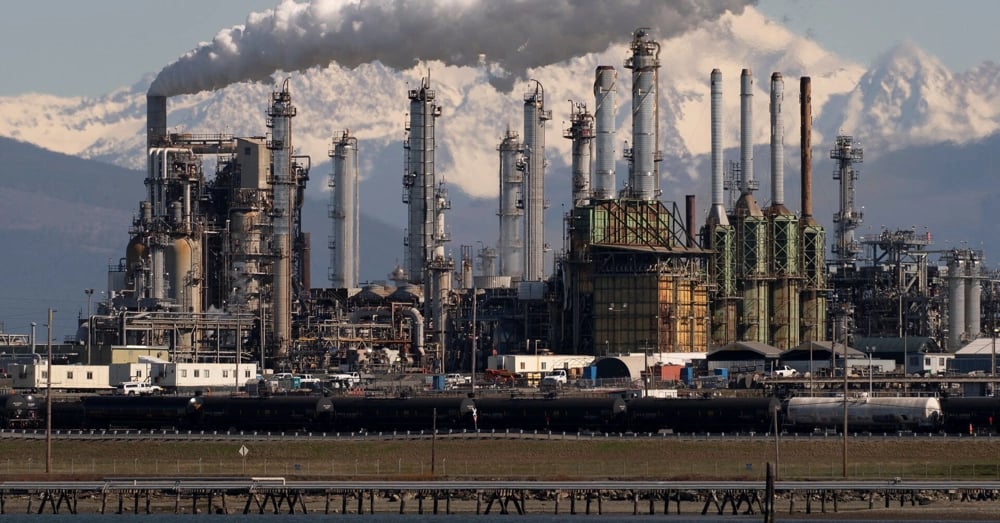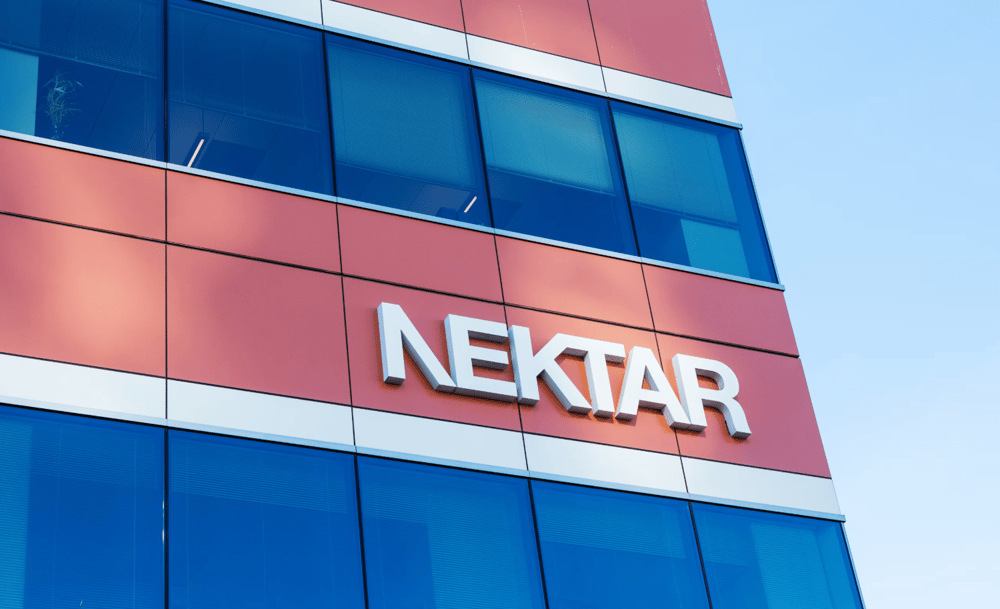Gold Prices Drop Nearly 1% as Trump Backs Away from 50% EU Tariff Threat
Gold prices experienced a notable decline of almost 1% on Monday following a significant development in U.S. trade policy. Former U.S. President Donald Trump withdrew his earlier threat to impose a 50% tariff on European Union (EU) imports effective June 1. This policy reversal alleviated concerns about an escalating trade conflict between the U.S. and the EU, reducing demand for gold as a safe-haven asset amid geopolitical uncertainty.
Impact of U.S.-EU Trade De-escalation on Gold Prices
The initial threat of steep tariffs on EU goods had heightened fears of a renewed transatlantic trade war, prompting investors to seek refuge in gold (XAU/USD) as a traditional safe-haven asset. The announcement that these tariffs would not proceed as planned led to a sharp retreat in gold prices.
At 12:50 GMT, spot gold prices dropped 0.8% to $3,332.04 per ounce, while U.S. gold futures (COMEX) declined by 1% to $3,331.90 per ounce. The easing of trade tensions diminished the immediate need for portfolio hedges against geopolitical risk, thereby exerting downward pressure on gold.
Furthermore, the retreat from aggressive tariff policies also underlines a potential easing in broader market uncertainties, reinforcing investor confidence in risk assets and reducing gold's allure.

Key Facts
Spot gold price fell by 0.8% to $3,332.04 per ounce.
U.S. gold futures decreased 1% to $3,331.90 per ounce.
Trump withdrew the threatened 50% tariffs on EU imports, initially scheduled for June 1.
The tariff reversal alleviated concerns of an intensifying U.S.-EU trade conflict.
Reduced geopolitical risk lowered gold demand as a safe-haven asset.
Further Analysis — Market Reaction and Expert Commentary
The sudden shift in U.S. trade policy triggered immediate reactions across financial markets. Gold, often viewed as a hedge against geopolitical instability and economic uncertainty, saw its safe-haven premium diminish as tensions eased. Market participants interpreted the tariff rollback as a sign of possible constructive negotiations between the U.S. and the EU, leading to improved risk sentiment.
Analysts pointed out that gold’s price sensitivity to geopolitical developments remains high, especially when tied to trade disputes that threaten global economic stability. However, the current policy de-escalation suggests a near-term cooling period for trade-related market volatility.
Meanwhile, broader macroeconomic factors such as inflation concerns and monetary policy expectations continue to influence gold prices but were temporarily overshadowed by this notable tariff reversal.

Key Points
Gold prices declined almost 1% due to reduced geopolitical tensions.
Trump's tariff threat withdrawal eased fears of a trade war between the U.S. and the EU.
Spot and futures gold prices moved in tandem, reflecting swift market adjustment.
The event highlights gold’s role as a barometer of geopolitical risk.
Ongoing macroeconomic conditions remain critical for medium-term gold valuation.
Significance of U.S.-EU Trade Policy on Gold Market Dynamics
The near 1% drop in gold prices underscores the metal’s sensitivity to shifts in geopolitical risk, particularly relating to trade policy between major economic powers such as the U.S. and the EU. Trump's decision to abandon the 50% tariff threat significantly diminished the immediate safe-haven demand for gold, illustrating how political developments can quickly influence commodity markets.
This episode reinforces the interconnectedness of geopolitical strategy and commodity price dynamics, highlighting the importance of monitoring policy signals alongside traditional economic indicators. As gold continues to serve as a hedge against uncertainty, traders and investors will remain vigilant to any renewed tensions or shifts in fiscal and monetary policy that could revive demand for the precious metal.















Comments
This sale could signal a transformative shift in the role of automation within the tech industry
We're seeing a clear alignment between market vision and automation-led transformation